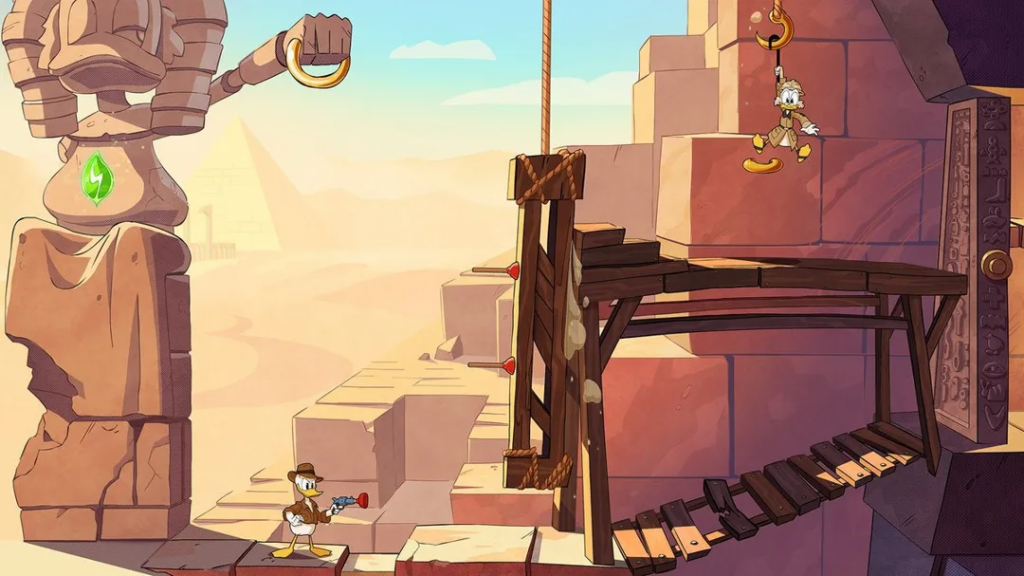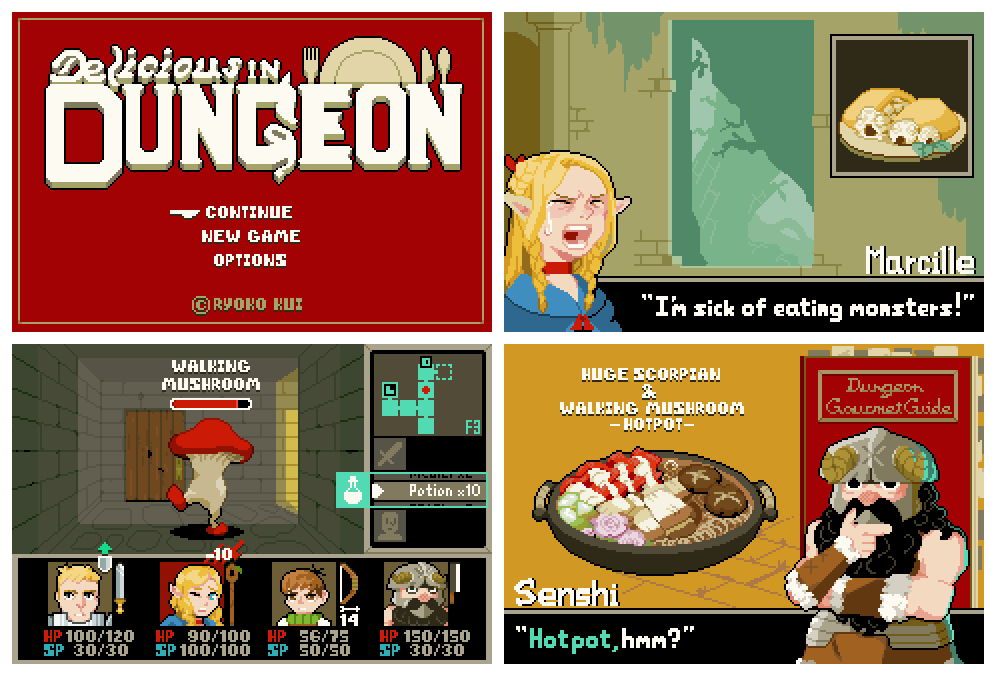Depending on the stage of your game and your individual process, you can choose to make a mock screenshot or a beautiful corner.
They should:
1- Set the mood, the visual style, and the tone of the project.
2- Define the target in terms of production value and visual polish: the graphics must be final.
3- Help you solidify aspect of the interface and interaction that are still unclear.
4- Give you an indication of the time needed to produce the assets.
Class exercise
Picture being the art director of a multi million dollar game production: everything in the game can be illustrated, animated, modeled, textured, lit, and programmed by top talents, the limit is only your imagination.
Now picture being yourself: you have to figure out ways to create a world with limited time, energy and experience. You visual and stylistic choices have to be made primarily according to this harsh reality.
Let’s create together a list of economic strategies for game art creation by analyzing existing games.
Mock Screenshot
It’s a static image that represents the game view as it will appear to the player. Organize it in layers so the visuals can be turned into actual assets.

Some pixelart examples – mock screenshots are more a pixelart thing – examples from twitter:


Beautiful corner
It’s a vertical slice of the art that covers at least one screen view.
It should exist in the game along with the blocked/grayboxed rest.

“The Beautiful Corner Simply put, a beautiful corner is a part of a level, enough to fill a single screen on the player’s computer, where the art and audio have been polished to look and sound as good as they will in the finished game. It’s a little corner of the game which has been made beautiful (or if your game doesn’t conform to traditional notions of beauty, which has been worked, refined, or crafted). In a 3D game, we might point the camera into the corner of a space, where two or more walls intersect with the floor and ceiling. The camera’s “view frustum” is the wedge-shaped volume of space that is visible from the point of the view of the camera, given its field of view, aspect ratio, and depth-culling settings. Everything that we see of the beautiful corner inside the camera frustum should look great. That includes not just the background but the objects that are present too. We should beautifully animate anything that will be moving in the finished game, and everything there should sound great. Never overlook sound design at any stage of the game design process.”
